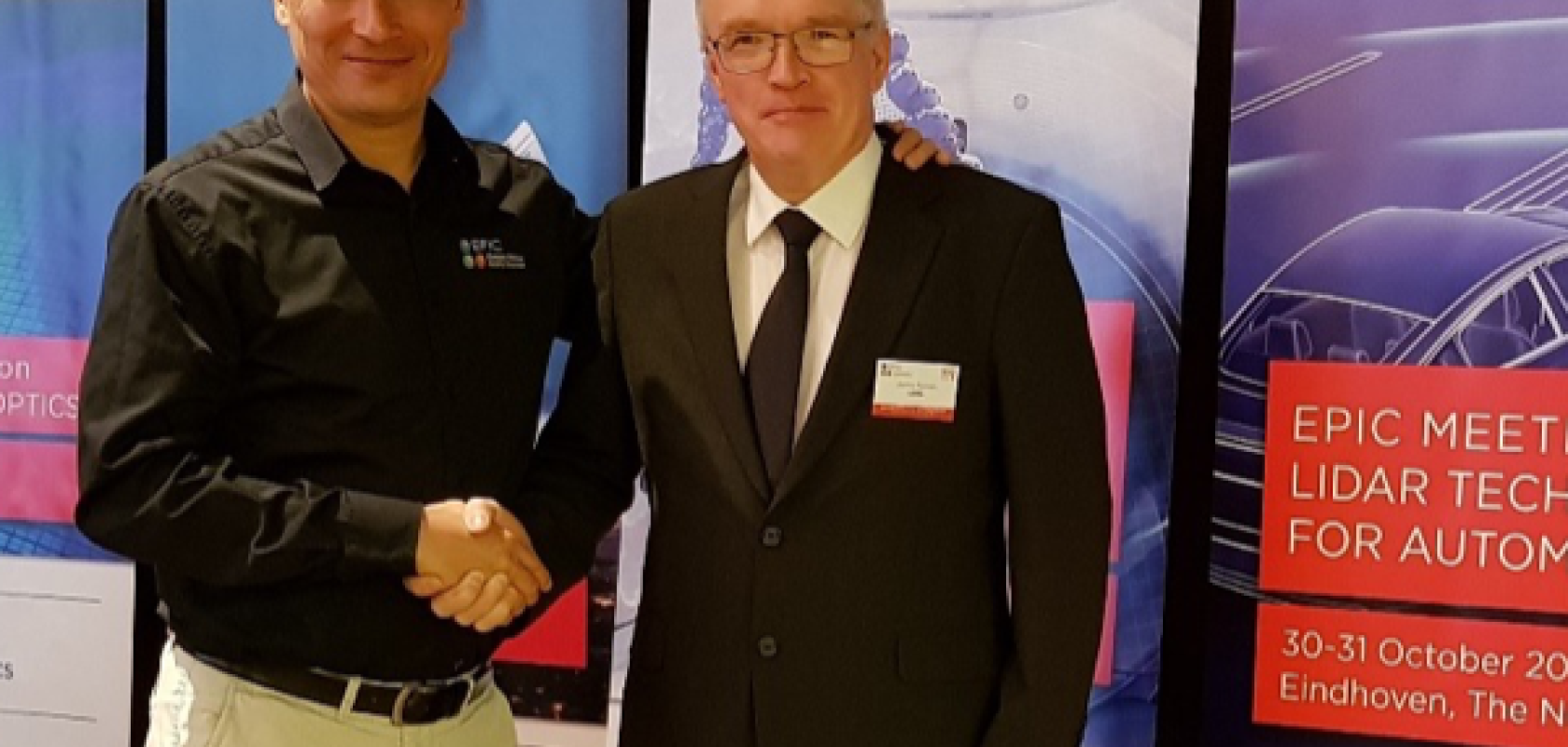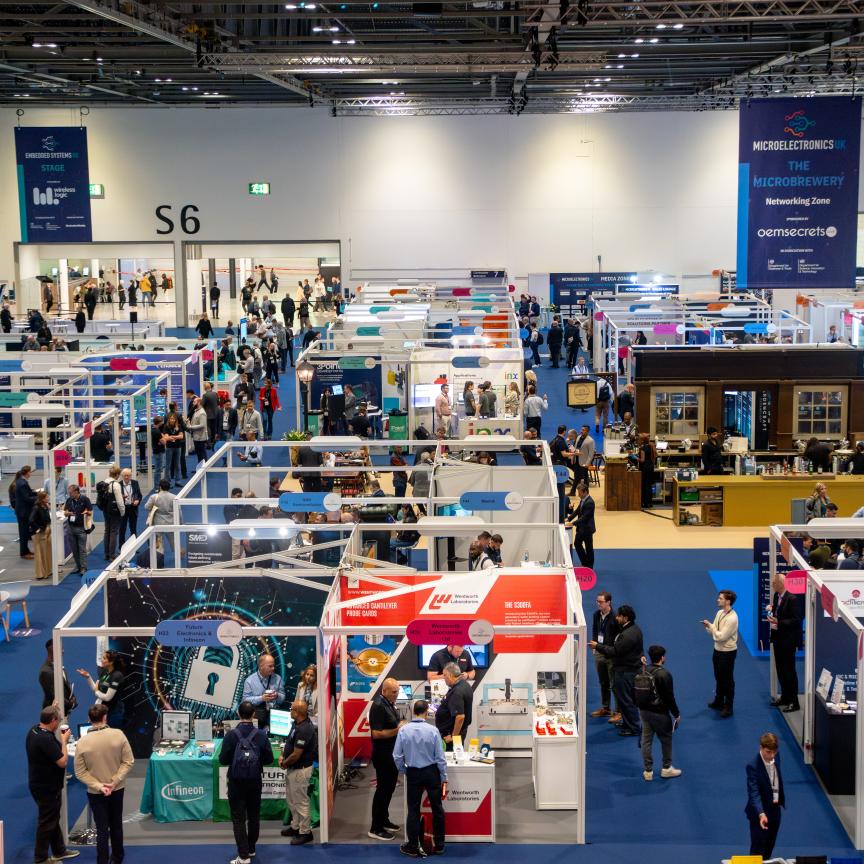EPIC’s Carlos Lee hears about Jorma Palmén’s strategy for growing Ladimo, launched four years ago, which develops real-time 3D imaging for robotics, healthcare and navigating hazardous environments
Can you tell us about your background and how it led to the creation of Ladimo?
My background is in geology and mineralogy, specialising in applied mineralogy and optical crystallography. I was a lecturer at Aalto University [in Finland] teaching engineering geology. One topic I covered with my students was mapping rock structures in excavated tunnels. This was a hostile environment to work in, as boulders could have fallen from the tunnel walls at any time. For that reason, I decided to use stereo photogrammetry, a mapping technique that works rather well. It requires using stereo image barriers from the rock walls, but later you can go back to your office (a safe environment) to map the 3D structures.
My contribution to this field came about one Sunday afternoon, when all of a sudden I found that it could be possible to map rock structures in real time with no difficulties, by using structured light in a special way. And with the resulting artefacts, you get to the 3D model in stereo-imaging. The principle of this innovation was so clear, I came up with the idea in one short moment.
The very next day I informed the innovation department at Aalto University and they gave me €50,000 to develop a prototype. Half a year later, the prototype was finished and we filed for a patent and applied for more research funding. With the help of colleagues, it took five months to come up with a first working prototype.
At the beginning of 2014, a development project was started with €500,000 in funding. In one and a half years we developed a pre-product level prototype. Then, when the money ran out, in 2015, I launched Ladimo with our present CEO Jouni Halme, and began developing the product. I started working full-time with the company in April 2015 as the CTO. Afterwards, another employee, who worked with us on the university project, also joined the company. Jouni, who was CEO of Nanofoot at the time, was working part-time for the first half of the year, then became full-time when Nanofoot found a replacement. The technology was already validated when Ladimo began, but we built the design software from scratch.
Tell me more about this innovation – how does it work and what are its applications?
The technology can measure the surrounding environment and surfaces in real time, with very short latency (10 milliseconds or less), and an accuracy 100 times greater than was possible before. It can do this with a bill of materials lower than lidar systems with the nearest quality.
In simple terms, our technology sends out a high number of laser points (2,509 points at present) to the target area, then measures the form of the target exactly. All the points are measured very rapidly and at once – this is done one hundred times in a second. Further, the technology can take measurements at distances of around 40 metres, but this figure will soon increase.
The application is very significant to autonomous driving and robotics. For instance, robots are unable to see clearly and must be fed with information from their surroundings, which our technology can provide in real time. More than that, our technology can boost a robot’s sense of touch, as the technology can sense when the robot’s hands are about to touch the target object and inform the robot in a very short span of time. Our technology can measure with an accuracy down to a few micrometres, which is important in terms of health applications. For example, it could be used to measure the human heart rate even from the surface of a person’s shirt or trousers. More than that, our technology can reconstruct the cardiac curve and light-cardiogram to help in the analysis of problems in the heart. This application plays a significant role in real-life situations, such as monitoring a driver’s health while driving.
Your company already has a prototype, is gaining clients, and hiring people despite being so young. Tell me the current status of Ladimo?
We are working with German car manufacturers as industrial partners (for example Porsche) and we are being funded by some Finnish venture capital companies. Just recently, our application for Horizon 2020 was accepted, so we have received funding from the European Commission as well. Thanks to this, the company is at a fast-growing stage and we can speed up the development by hiring new talents.
Now, we have already started miniaturising the product to the level needed for integration into robotics, thanks to the help of one big international customer. We have secured funding for the next step of our product development, and soon after we get down to a level where the total weight is just a few hundred grams, we can start to implement the sensors in this way. We are currently working closely with industrial partners to boost the fabrication of the product. In fact, we have prepared for serial production manufacturing and are cooperating with a former department of Carl Zeiss. So we are expecting to have miniaturised units before the next Slush investor event, in Helsinki in November.
How many people are involved in the company right now?
We have seven employees in our team and an additional five people working on an hourly basis. We also have an advisory board of five professors from three universities that contribute when needed.
We just hired the eighth person in our team and are looking forward to recruiting two software developers before the end of the year. Next year, we will expand our client bases and diversify our applications, so I expect our growth will double in 2020. At such a stage we may have about 20 employees and our hourly basis workers will increase by then, too.
Can you also tell me about your CEO Jouni Halme and how you met him?
Jouni is the co-founder of Ladimo and he was instrumental in the creation of the company. Jouni has a strong background in international development. His experience in a start-up company (Nanofoot, a spin-off from the Optoelectronics Research Centre) is very useful because he has a wide range of connections in the laser photonics world and knows the right people and companies.
We met in Aalto University during our research project. Jouni was with Nanofoot at the time in Tampere, and was considering working on something interesting closer to his home in Helsinki. At that time, we were looking for someone to run the company, because the first person tasked to do so did not perform well. When Jouni went to Aalto, he and I sat down and had a discussion and we immediately saw a synergy between us.
I really like this connection between CEO and CTO, as it is a hallmark of a successful company, such as Apple. What are the challenges you have had to deal with the company?
There were no tough challenges in the development of the technology, except that the laser source was not produced by the provider of the scanner. We needed that laser source for our sensor and it was one of a kind, but the provider, for some reason, could not provide a replacement. So we talked with some laser diode companies about a replacement and eventually discovered some.
However, I found it hard to get investors, even though our product showed such promise. You need to be consistent always, so that you can eventually secure the funding.
How did you solve the problem of finding an investor?
We found it effective to get in touch with investors during events like Slush in Helsinki and Arctic 15. For instance, we got connected with Porsche during Slush 2018.
We made presentations during these investor events and had our booth to provide information about our technology and market strategies. We have also been using demo videos with high-level, yet very simple and informative content.
What advice would you give to young entrepreneurs in the industry?
I recommend that young startups should use demo videos in communicating with potential investors.
A video is worth a thousand words and can be very effective in telling the investor about your technology. However, the video must be simple and done properly in such a way that a person without a technical background will understand what your technology offers.


